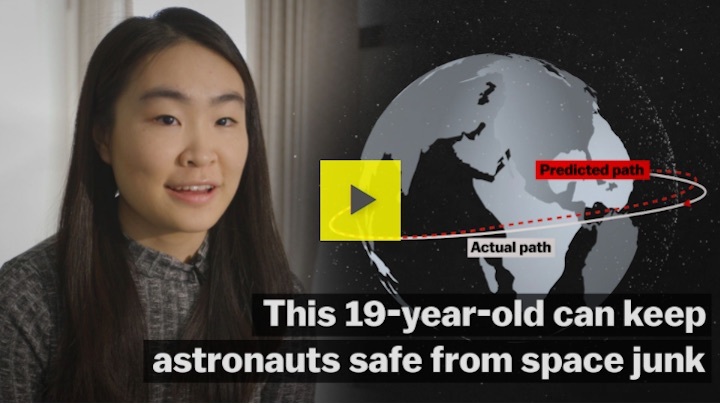When we think of space, we often think of the vast emptiness of the next frontier. Unfortunately, that’s starting to change. There are more than 500,000 pieces of man-made trash floating above the Earth making “the next frontier” more of a hostile obstacle course for astronauts and satellites. The more we launch up there, the more difficult space travel becomes.
Objects as small as paint flecks and as large as defunct satellites can sometimes move in unpredictable patterns at speeds up to 17,500 mph. This debris poses a massive risk to working satellites, spacecraft, and even astronauts. Coming in contact with a single rogue piece can cause immense damage. In 2009, for example, a defunct Russian satellite collided with an operating US satellite. The result was billions of dollars in damage and hundreds of pieces of potentially dangerous debris.
Organizations like NASA scrambled to quickly track the pieces and avoid future collisions. So far, there haven’t been any human casualties. But as lower Earth orbit gets more and more crowded, the risk of a collision increases, making tracking the locations of this space junk vitally important for space exploration.
When 15-year-old space enthusiast Amber Yang first heard about the increasingly dangerous environment in lower earth orbit, she decided to take action. During her winter break at school, she spent time learning the ins and outs of astrophysics, coding, and space junk. Her final product was Seer Tracking, an AI-based orbital debris tracking program that she says may be the most accurate in the world.
Now, 19 and a physics major at Stanford University, she’s continually developing and perfecting Seer in hopes of protecting the future of space exploration.
Check out the video above to learn more about space debris, Amber, and Seer tracking. You can find this video and all of Vox’s videos on YouTube. Subscribe for the latest.
Quelle: VOX

